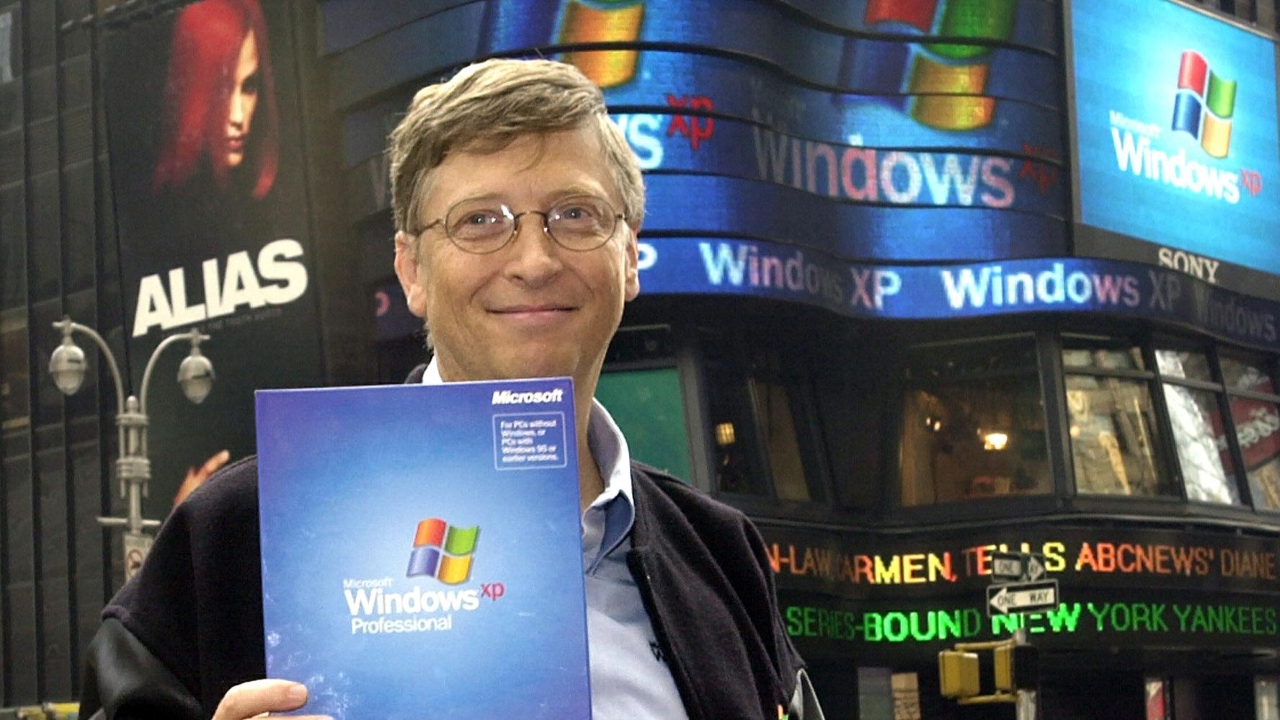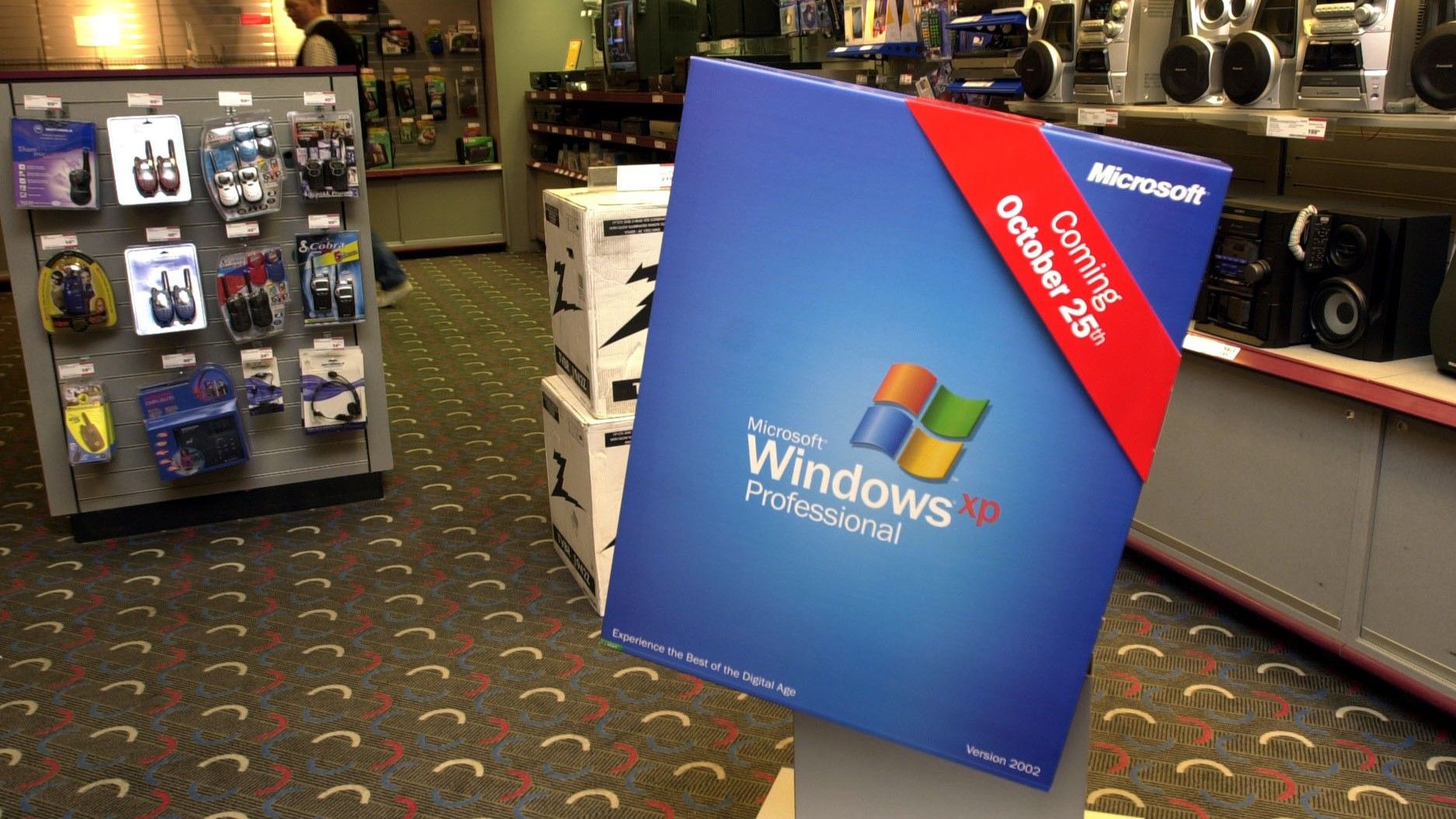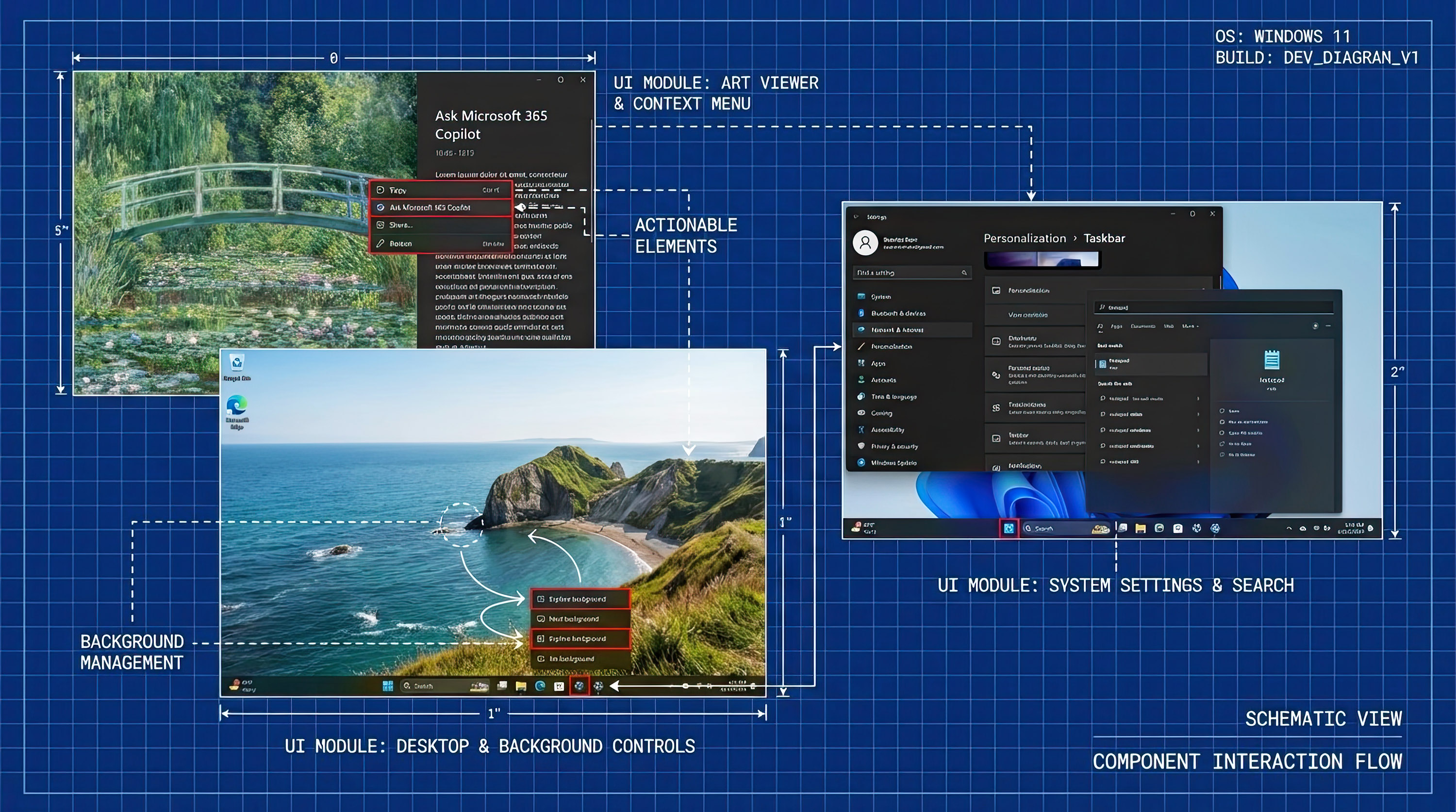Millions of Windows XP disks secretly included Microsoft's failed search assistant to keep pirates at bay — "Bob was actually more useful dead than alive"
Developer Raymond Chen says Windows XP shipped with an encrypted version of Microsoft Bob to pad out 30MB of free space.

Before Windows introduced its modern GUI system, Microsoft was well-known for its iconic command-line operating system, MS-DOS (Microsoft Disk Operating System) throughout the 1980s and early 1990s.
But did you know that the Redmond giant developed a user interface called "Microsoft Bob" (codenamed Utopia) to make Windows more user-friendly to those comfortable with DOS?
Microsoft Bob shipped with a cute interface that was easy to navigate, presumably part of Microsoft co-founder Bill Gates' broader plan to get a PC in every household.
Microsoft Bob was an exaggerated graphical user interface for Windows 3.1, Windows 95, and Windows NT, designed to make computers more intuitive and easier to navigate for new users.
Microsoft Bob seemingly moved away from tiles of windows to a cartoonish home interface, packed with files, folders, apps, and even the beloved Rover the Dog, who also wiggled its way into Windows XP as a virtual assistant alongside Clippy.
However, Microsoft Bob failed to spark interest among users, prompting the company to pull the plug on the friendly interface before its prime time. According to PCWorld, Microsoft only sold 30,000 copies of Bob.
The software's low reception and adoption can be attributed to its stringent hardware requirements, including a demand for 8MB of RAM, which was a big ask at the time. Microsoft Bob was forced to bite the dust in Microsoft's Graveyard around the same time Windows 95 shipped.
All the latest news, reviews, and guides for Windows and Xbox diehards.
Microsoft reincarnated Bob in Windows XP with 30MB to spare
While things on the Microsoft Bob front remained quiet for a while, the user interface made a surprise comeback when Windows XP shipped.
At the time, Windows XP was packaged in installation CDs, but Microsoft realized that the disks still included 30MB of blank space after adding the software for padding.
The tech giant seized this opportunity and included an encrypted version of Microsoft Bob. While speaking to TechNet Magazine in 2008, Microsoft's veteran Windows developer explained:
"The result was a rather feeble attempt to slow down the people who like to make illegal copies of Windows. Somebody decided to fill that extra capacity on the CD with dummy data and to have the Windows Setup program verify that the dummy data was still there."
"This, the logic went, would force people downloading a copy of the CD image to download an additional thirty or so megabytes of data. Remember, this was back in the day when ‘broadband’ hadn’t yet become a household word and mainstream users were using dial-up connections."
Chen points out that the person in charge of padding out the installation discs dug through and stumbled into the nostalgic Microsoft Bob.
"He took all the floppy disk images and combined them into one big file," stated Chen. "The contents of the Microsoft Bob floppy disk images are not particularly random, so he decided to scramble up the data by encrypting it."
More interestingly, the developer "smashed his hand haphazardly across the keyboard and out came an encrypted copy of Microsoft Bob. That’s what went into the unused space as ballast data on the Windows XP CD."
The company needed dummy data to fill up the 30MB of free space as an attempt to fill up the install discs, thus making it difficult for pirates to illegally download and distribute the CD image. "Bob was actually more useful dead than alive," Chen concluded.
Microsoft veteran engineer Dave Plummer, better known by his "Dave's Garage" handle, also admitted that he played a hand in bringing Microsoft Bob to Windows XP. "I did what Microsoft couldn't."
Being a huge fan of Microsoft Bob, Plummer indicated that Windows XP's development team was looking for a way to differentiate the operating system install CDs. He claimed that the limited bandwidth allowed them to easily identify digital ballast that could be encrypted and signed specifically to the CD-ROM version.
As such, the engineer narrowed down his options to Microsoft Bob since the company had the license and trusted that the product could be precompressed for encryption.
According to Plummer:
"I grabbed the compressed floppy images for Microsoft Bob and concatenated them into a single large Bob blob. I then encrypted the blob of Bob with several passes of different encryption tools and techniques, including a huge private/public keypair generated by a long sequence of random mouse movements, and so on."
"I did a few other procedures that I felt were important to the process, and out came a giant multi-megabyte blob of Bob that I could effectively treat as a root of trust on the CD. If you had the OEM blob, you could use an OEM license key. If you had a retail blob, you had to use a retail key."

Kevin Okemwa is a seasoned tech journalist based in Nairobi, Kenya with lots of experience covering the latest trends and developments in the industry at Windows Central. With a passion for innovation and a keen eye for detail, he has written for leading publications such as OnMSFT, MakeUseOf, and Windows Report, providing insightful analysis and breaking news on everything revolving around the Microsoft ecosystem. While AFK and not busy following the ever-emerging trends in tech, you can find him exploring the world or listening to music.
You must confirm your public display name before commenting
Please logout and then login again, you will then be prompted to enter your display name.


